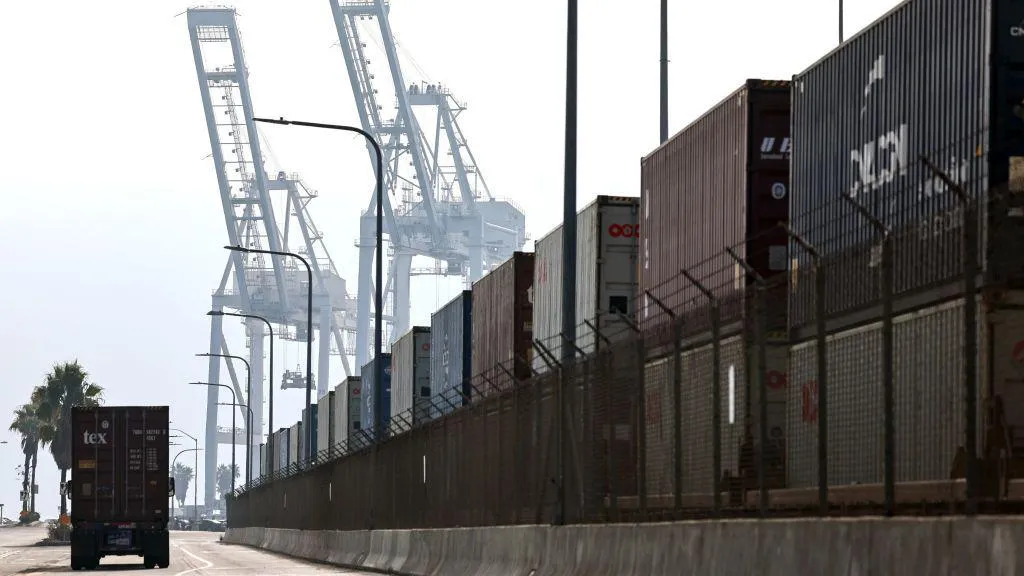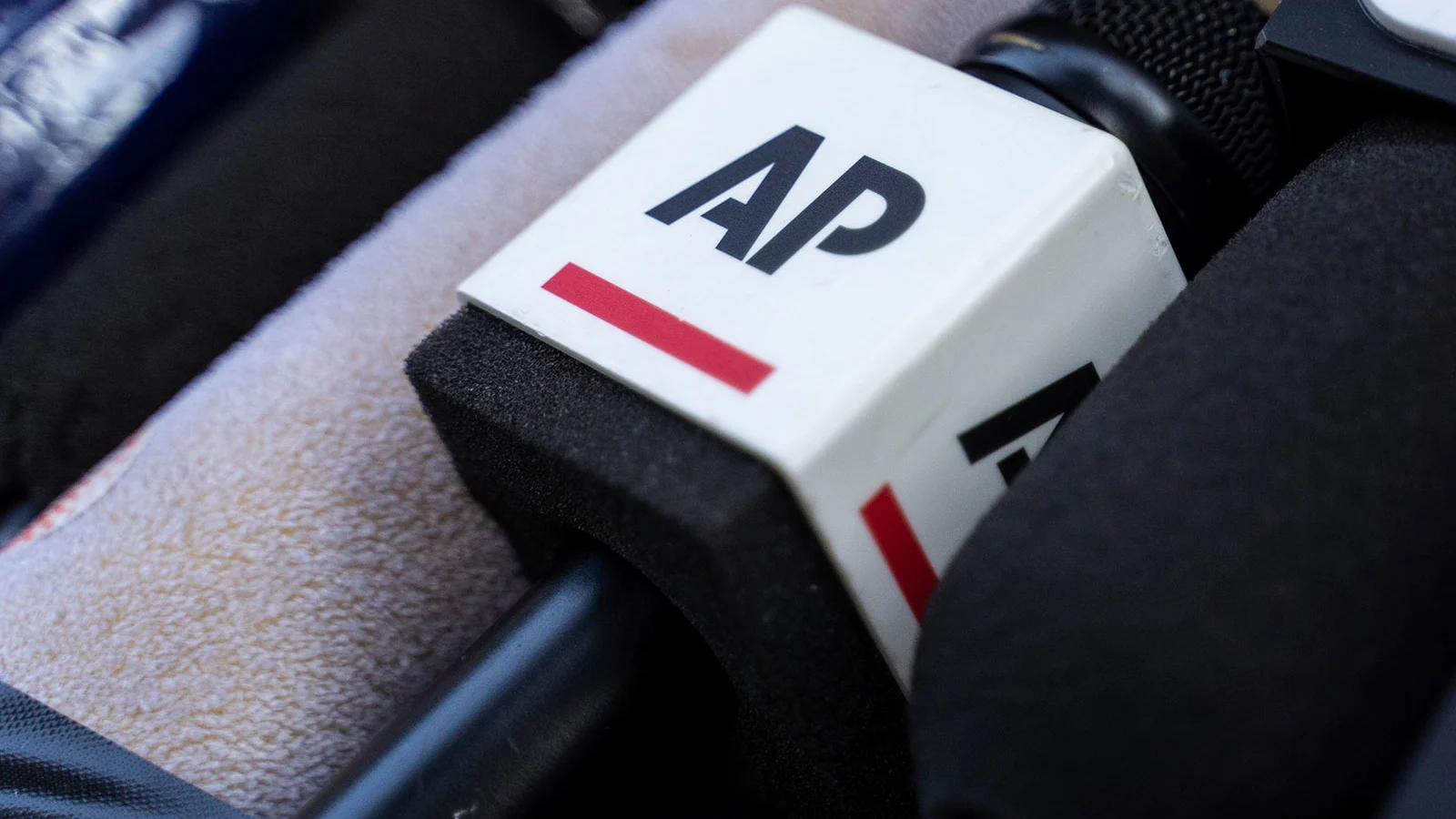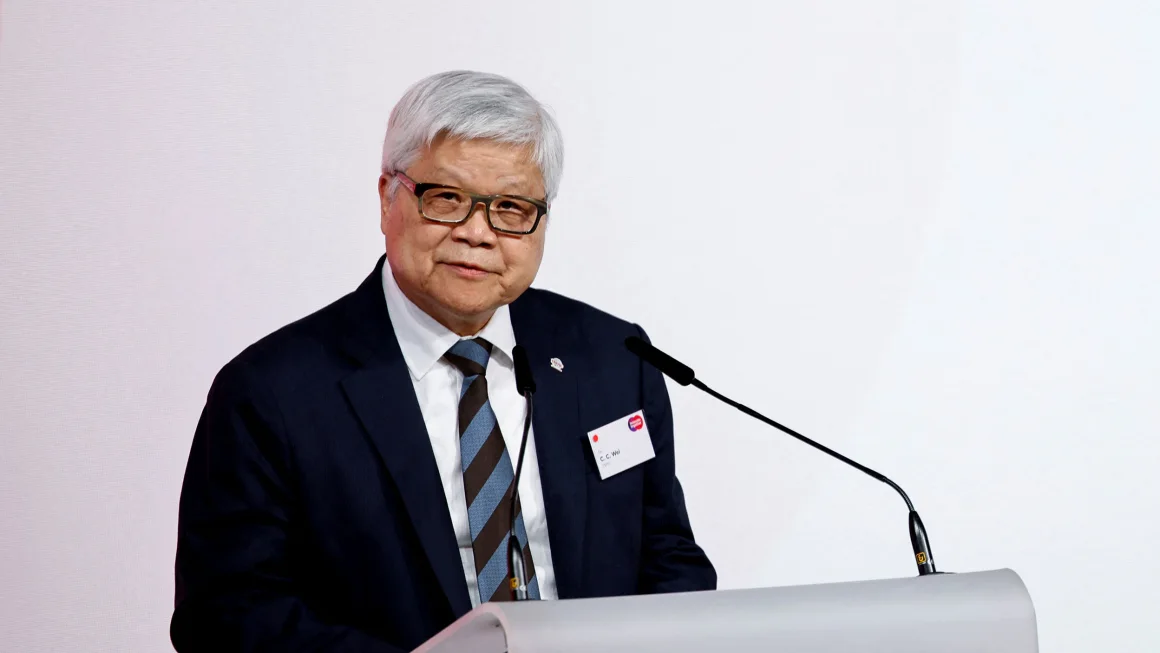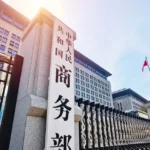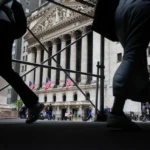Bangladesh’s forex market is caught in a complex dilemma as the central bank takes cautious steps toward liberalization. While officially allowing banks to trade foreign currency at market rates, the so-called “free” market remains subtly controlled, raising questions about true reform.
Central Bank’s Grip on the Dollar Mid-Rate
The Bangladesh Bank’s unofficial mid-rate, initially intended as a guideline, has become a restrictive tool, pushing the dollar rate from Tk 117 to Tk 119 by late 2024. Though banks officially quote around Tk 122 per dollar, market insiders reveal actual rates often climb as high as Tk 128. This widening gap between official and real market rates is fueling challenges across the financial ecosystem.
Impact on Banks and Businesses
The artificially restricted rates are squeezing profit margins for banks and disrupting trade. Importers are increasingly turning to unofficial systems to bypass the hurdles, raising concerns about the rise of shadow markets. The central bank’s directive for exchange houses to prioritize state-owned banks for dollar sales is adding to the strain, particularly as informal channels like the hundi system gain traction.
Remittance Flows at Risk
The disparity between official and unofficial rates threatens to reduce remittance inflows through formal banking channels. This could further destabilize the forex market, which is already struggling under inconsistent regulations.
Experts Call for a Free Market
Economists emphasize that a fully free-floating exchange rate is the only sustainable solution. By aligning official and black-market rates, this approach could encourage remittance inflows, stabilize currency fluctuations, and bring transparency to the forex market.
Until reforms take hold, Bangladesh’s currency conundrum remains a tug-of-war between restriction and liberalization. With importers, banks, and remitters bearing the brunt, the stakes are high for the central bank to take decisive action toward true market freedom.

